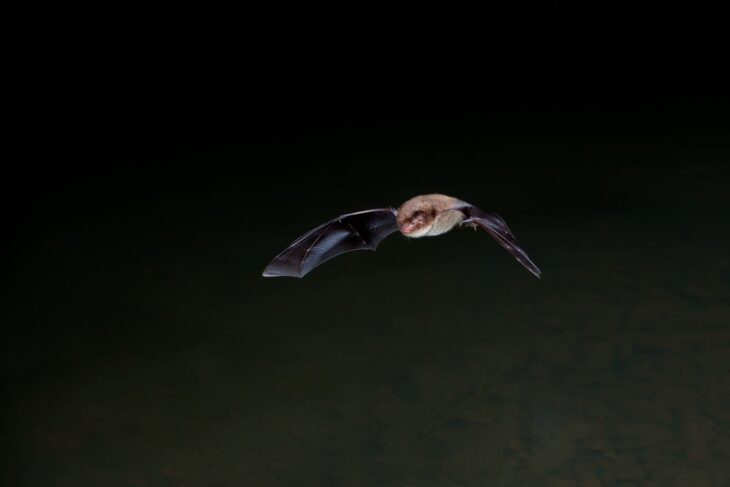Going a bit batty!
,

Bats are one of our most interesting and elusive mammals in Scotland. And they’ve just started to emerge from hibernation. They are one of the only mammals to hibernate here – the dormouse and the hedgehog being the others. If you’re out walking the dog or coming home at dusk, the chances are there are bats overhead, flitting around streetlights – or gliding over nearby water – catching flies.
We always associate bats with Halloween spookiness and, more recently, there was all the talk about bats and Covid-19. However, bats are a very misunderstood mammal, and we are still always learning about these fascinating nocturnal creatures.
In Scotland, we have ten species which are tough enough to withstand our colder temperatures. The most common ones are common pipistrelles and soprano pipistrelles. These tiny bats weigh around the same as a 2 pence piece! At the other end of the scale is the weighty noctule bat, which can weigh in up to forty grams. A common pipistrelle is thought to feed on more than five hundred insects in an hour and they can digest up to three thousand in an entire night. Impressive for a creature so tiny.
Despite the notorious saying, bats are not blind. They can see, but at night their ears are more important as they use echolocation – a system of locating things by sound. They throw out signals and see what comes back and this helps them to avoid obstacles and, more importantly, find food. They are also very sensitive to extremely bright lights.
Currently, in May, females are forming maternity roosts, usually returning to previously used sites, and they are preparing to give birth in June or July. They usually give birth to a single pup which is fed on milk. It’s common for them to only have one pup, but in Scotland, twins are a little more common. The young start flying from about three weeks old, and they are sociable animals who learn how to hunt from their mothers.
Bats are a protected species because they are in decline. They also have a slow reproduction rate which means they only breed once a year and have small numbers of young. Declining insect populations and increased pesticide use has had an impact on them, too. We can help by growing plants, trees and shrubs which help the insect populations in our gardens. And minimising the amount of lighting we have outside on our properties (sensor lighting disturbs them the least).
Cumbernauld Living Landscape are going a little batty over the coming months and are running some bat walks. We will be walking at Seafar Wood, Cumbernauld Community Park and Langriggs, so there will be plenty of opportunities for you to come and try out the bat detectors for yourself and learn more about these intriguing creatures. I guarantee you will have a lot of fun in the process!
Head over to our Events page for more information.
